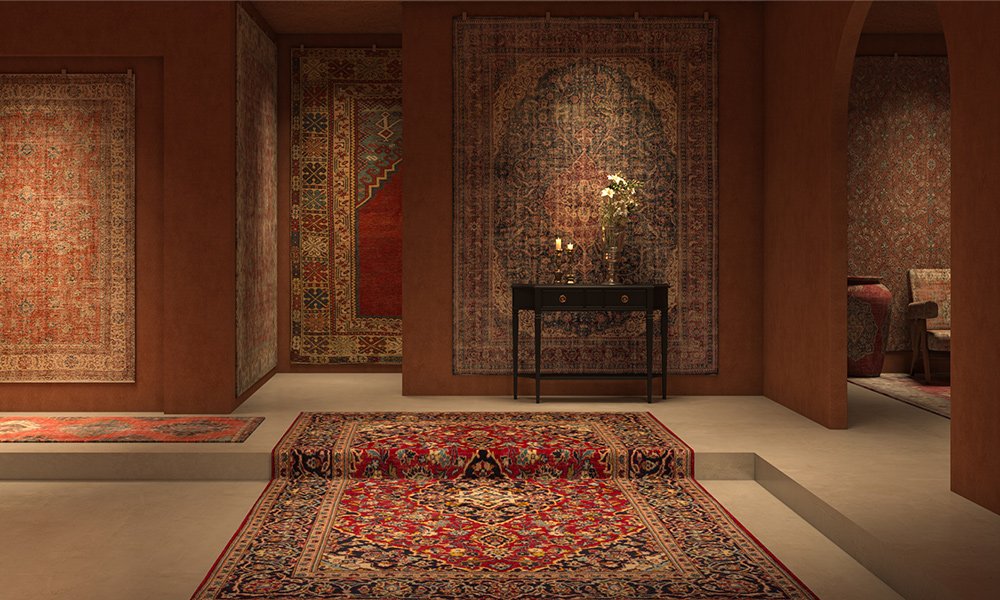
What natural fibers are commonly used in modern rugs?
Jute, wool, and cotton can be found underfoot in any home decorated in the past few years. Due to environmental concerns, as well as the fact that they perform better than many expected, people are returning to these traditional materials. The shift happened gradually. Homeowners tired of synthetic rugs that looked cheap after a few years started exploring alternatives. the best rug shop in Canberra made natural rugs a focus, which drew praise for their excellent ageing characteristics.
- Wool still reigns supreme
Wool earned its reputation by proving itself in homes around the world for centuries. Different regions produce distinct wool characteristics – Australian sheep create incredibly soft fibres while Scottish breeds deliver tough, resilient wool that handles abuse gracefully. Smart manufacturers often blend various wool types to achieve specific goals. Drop heavy furniture on wool and watch those fibres gradually return to full height over the following hours. Traditional wool processing preserves protective lanolin oils that naturally repel spills. Modern processing often strips these oils away for uniform appearance, but premium wool rugs maintain enough natural protection to give you precious minutes for cleanup before stains set permanently.
- Cotton handles family life
Premium cotton varieties like Egyptian and Pima create vastly superior rugs compared to standard grades. The difference becomes obvious after six months of regular use – cheap cotton develops thin spots and starts looking shabby while quality cotton maintains its structure and appearance. Thread count affects durability just like bed sheets. Higher counts mean tighter weaves that last longer but cost more initially. Budget cotton rugs often sacrifice thread count to hit price points, resulting in loose constructions that wear out quickly.
- Jute brings an earthy texture
Jute wins the sustainability contest easily. Growing this plant requires virtually no water; it grows quickly, and it actually improves soil quality. Chemicals are used minimally in processing, and the finished product decomposes completely after use. Providing raw materials for rug production that are environmentally responsible while supporting rural communities in developing countries is one of the main benefits of growing jute. In order to reduce the environmental impact of their household, many environmentally conscious consumers opt for jute rugs.
- Silk creates genuine luxury
Contemporary silk rugs often take classical patterns and update them with modern colour schemes. Neutral silk provides luxury without overwhelming simple interiors. Boldly colored silk makes dramatic focal points in otherwise understated rooms. Silk accents in primarily wool rugs create light-catching highlights without full silk maintenance requirements. These strategic applications provide luxury touches while maintaining practical performance for daily use.
- Hemp surprises sceptics
Sisal comes from agave leaves, which naturally create tough fibres that resist crushing under heavy use. The material’s inherent stiffness prevents wrinkling and bunching problems that plague softer options. Processing improvements have made modern sisal much more comfortable than the scratchy versions from decades past. Today’s sisal maintains its durability advantages while offering acceptable comfort for residential applications.
Each natural fibre serves different household needs and design preferences. Understanding their individual characteristics helps homeowners select materials that match their specific requirements for performance, maintenance, and aesthetic appeal.RetryClaude can make mistakes. Please double-check responses.
Lynn Place is Vice President of Marketing for SolvChem Custom Packaging Division. She has 30 years of professional experience in the manufacturing industry and specializes in consumer packaged goods, new product development and strategic planning.






